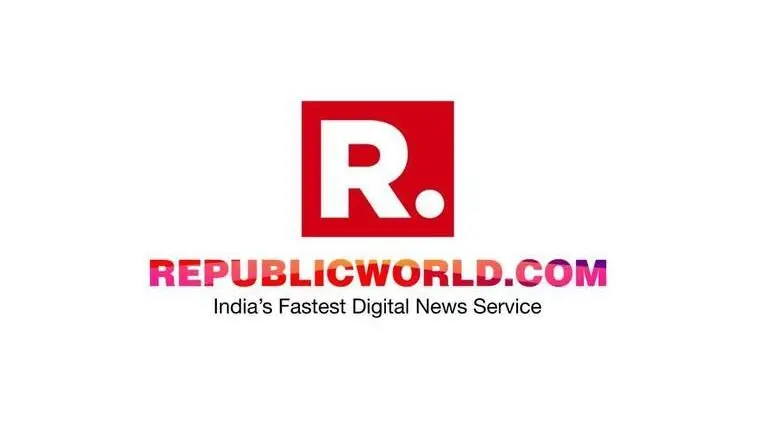Updated 16 October 2019 at 20:19 IST
What If Mahatma Gandhi Was A Central Banker Today?
AMID a slowdown that is equal parts real and political, newspaper headlines call 6 percent growth anaemic when the global rate is hovering at less than half.
- Opinion News
- 5 min read

AMID a slowdown that is equal parts real and political, newspaper headlines call 6 per cent growth anaemic when global rate is hovering at less than half. The Reserve Bank of India has reduced its Bank rate by 135 basis points this year, hoping low rates would entice the animal spirits back, yet, banks have passed on only 29 basis points to consumers as lending remains on a long-term drip. The Viagra of tax sops announced by the Finance Ministry has almost exhausted itself on the Sensex. Chances are that profits from the huge tax cut given by the Modi government to kickstart the economy would get absorbed as dividend and shareholder returns than be ploughed back into the industry. Essentially Keynes is failing to pass on the baton to Freidman.
When the 2008 global financial crisis was panning out, as a student of political economy, I would be left perplexed at the remedies that were being implemented. At the risk of helpful oversimplification, the cause of the 2008 meltdown could be summed up in one word: Subprime – a phenomenon of multi-layered debt recycling that led to a situation where no financial institution had a clue as to who owned what risk and at what cost! But that was only one half of the problem. The remedy found by governments and the central banks world over – fiscal stimuli or quantitative easing – was worse than the disease. Led by the American Federal Reserve, almost all responded by lowering interest rates and getting into bond markets. Aimed at increasing liquidity, the palliative overestimated the role of capital in growth. The tenuous equilibrium has come undone in less than a decade.
Last two years have seen a total of up to US dollars 2 trillion worth of fiscal pump through tax cuts and public expenditure by the Trump administration to keep the economy going. Obviously future American generations are in debt. Negative rates have not helped Japan and Germany. The miracle of China is unspooling with the country recording lowest growth rate in over a quarter of a century. Brexit is a marker of how the experiment with financial integration has unravelled in Europe, and US-China trade war has brought the idea of globalization itself under a cloud. Essentially the model lives between one tipping point and another, with every cycle adding more debt.
Advertisement
India lived through its subprime era in the decade of UPA-I and UPA-II with what is called the evergreening of loans in the name of corporate debt restructuring, and NAC inspired loan waivers resulting in the twin-balance sheet crisis and the NPA mountain. Almost entire first term of the Modi government was lost to cleaning up the mess with limited results.
Advertisement
As I write this, a promotional tweet pops up on my phone, through which Intel wants to sell its next chip, claiming the last one costs 11 extra days per annum in employee efficiency because of its slow speed. The last one incidentally came into the market less than a year back! Last month, cheap antacid Ranitidine came under investigation for a possible carcinogenic toxin. The drug was discovered in 1976 and has been in commercial use since 1981. Is it possible to believe that with available science the toxin could not have been found before? The only possible explanation is that the pressure of quarterly results never allowed the investment needed for the sanitization.
This profits driven capitalism that lives quarter-on-quarter within an overall framework of shareholder supremacy has sure worked to raise billions from poverty but with attendant costs as the two examples above show. Should this occasion a relook at the ideological framework we use to debate the economic issues ailing the nation, or even the society at large? We are marking the sesquicentennial year of Mahatma Gandhi with the Modi government embedding the celebration at all levels of governance. There are many aspects of Gandhian thought that taken together provide an alternative economic model worth looking at.
Gandhi had close relationship with capitalists and capitalism. One of his first attempt at political activism on return from South Africa was through the Majoor Mahajan Sangh – Labour Capitalist Association – a novel experiment he spearheaded to bring together striking textile mill workers of Ahmedabad and the owners. Thus was born the idea of trusteeship, essentially the capitalist holding wealth in trust of the society. His professing of the Upanishadic Tena Tyaktena Bhunjitha – enjoy with a sense of renouncement – and practicing ideas of non-stealing (Asteya) and non-possession (Aparigraha) – borrowed from Jainism – provide a construct that can directly address the roots of the present debt driven consumerist economic model in good measure if not wholly.
In August this year, the US Business Roundtable – America’s top body of most powerful CEOs – in its annual statement resolved to uphold stakeholder capitalism. A subtle tweak went almost unnoticed beyond the community of economy wonks. In place of shareholder maximisation, the statement talked of stakeholder returns – thereby including everyone impacted rather than just the capitalist and the shareholders. The statement of course did not mention Gandhi.
Imagine. Would a situation like the Subprime have happened had the global big four audit firms kept these ideas in mind? Closer home, wouldn’t we have one less scam to deal with if the Banks followed these concepts in their due diligence? If Gandhi were RBI governor today, would he choose another ineffective rate cut? Or, picking from his experiments with fasting, would rather let the fundamentals heal over a period? Just wager.
Published By : Abhishek Kapoor
Published On: 16 October 2019 at 01:12 IST
